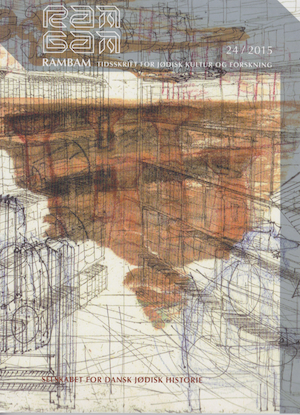Tolerance i merkantilismens tidsalder - de religiøse fristeder i hertugdømmerne Slesvig og Holsten
Resumé
Tolerance in the Age of Mercantilism
In 1684, Jews were allowed to settle in the core regions of Denmark. But already in the beginning of the 17th century, cities in the Duchies of Schleswig and Holstein, where the Danish king, through complex dynastic and historical circumstances, held the title of duke, were opened up for Jewish settlers – they were even invited to move there.
The settlement of Altona is well known and well researched, but the smaller settlements are equally interesting. Glückstadt on the Elbe was founded in 1616, and by 1620, Sephardi Jewish merchants, mainly from Hamburg and Amsterdam, were invited to settle and were given the same rights as their Christian counterparts. Despite some ups and down due to the Thirty Years War, Glückstadt flourished throughout the 1600s, but by the end of the century, the financial situation changed due to new patterns of commerce, and by 1733, the Sephardi community no longer existed. A small Ashkenazi settlement was also allowed, but with fewer privileges, and due to emancipation, it was gradually dissolved and had ceased to exist by the end of the 19th century.
In Friedrichstadt, founded in 1621, the preferred minority was originally the Protestant Remonstrants. Catholics, Quakers and others followed, and in 1675, the first Ashkenazi Jews are recorded to have settled in the town, and there is evidence that the different minorities (Christian and Jewish) cooperated in several areas. A new synagogue was built in 1847, but when emancipation reached the Duchies in the mid-1850s, the community dissolved due to emigration and emancipation. Rendsburg, part of the royal Danish realm already in the late 16th century and of strategic importance, was through the 17th century heavily fortified through the construction of the new fortress-cum-district Neuwerk. The new fortress was open to non-Protestant, but not Catholic, residents, who were given equal rights as their Lutheran counterparts – as long as their affluence was sufficient to ensure the ownership of a house and their religious practices were held out of the public eye. By the year 1700, the Ashkenazi community had their own burial ground in a nearby village, but services had to be held in private homes until the beginning of the 19th century. However, with the gradual emancipation in the 19th century (Denmark proper, 1814; the Duchies, 1854), and the Prussian victory in 1864, which made both Schleswig and Holstein part of the Germany-to be, Rendsburg-Neuwerk followed the destiny of the other communities.





